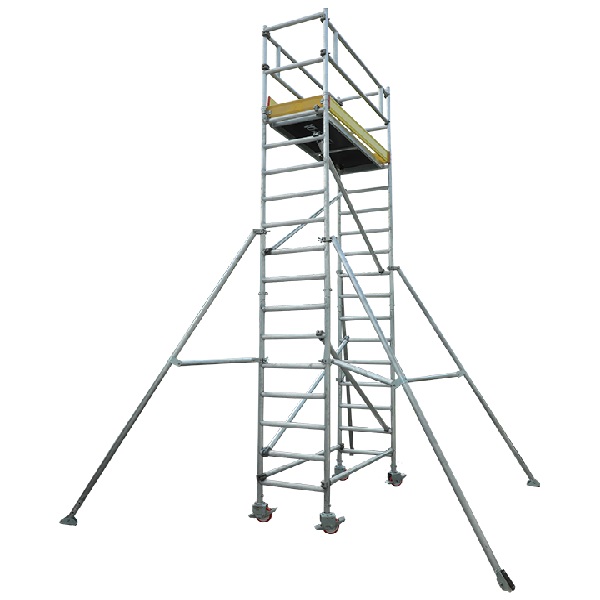Working in confined areas can be a challenge, especially when it comes to setting up scaffolding. Traditional scaffolding can be bulky and cumbersome, making it difficult to navigate tight spaces. This is where narrow scaffolding shines.
What is Narrow Scaffolding?
Narrow scaffold, also known as single-width scaffolding, is a type of scaffolding specifically designed for restricted areas. These systems are typically half the width of standard scaffolding, making them ideal for:
Indoor Projects: Working on staircases, hallways, or within buildings with limited space.
Renovations in Tight Locations: Performing maintenance or repairs in confined areas like bathrooms or alcoves.
Facade Restoration: Accessing narrow sections of building exteriors for restoration work.
Events and Set Design: Creating temporary structures in confined spaces for events or theatrical productions.
Advantages of Narrow Scaffolding:
Space-Saving Design: The compact size allows for easy maneuverability and setup in limited areas.
Lightweight Construction: Narrow scaffolds are typically made from aluminum, making them easier to transport and assemble compared to bulkier steel scaffolding.
Increased Efficiency: The reduced footprint minimizes wasted space and allows you to work closer to the project area.
Cost-Effective: Since less material is used, narrow scaffolding can be a more cost-effective solution for small projects.
Flexibility: Many narrow scaffold systems are modular, allowing for customization to fit the specific needs of your project.
Things to Consider When Using Narrow Scaffolding:
Weight Capacity: Narrow scaffolds typically have a lower weight capacity than standard scaffolding. Ensure the system can support the weight of workers, materials, and equipment.
Stability: Due to the reduced width, stability is crucial. Choose a system with features like outriggers or stabilizing bars for added support.
Platform Size: The platform size might be smaller compared to standard scaffolds. Consider the working space required for your tasks.
Accessibility: Narrow access points might require specific types of narrow scaffolds with features like trapdoors or hinged sections for easier entry and exit.
Safety with Narrow Scaffolding:
Safety is paramount when working at heights. Here are some additional tips:
Always follow the manufacturer's instructions for assembly and use.
Ensure the scaffold is erected on level, solid ground.
Use guardrails and toeboards to prevent falls.
Never overload the scaffold with weight beyond its capacity.
Conclusion:
Narrow scaffolding offers a practical solution for working in confined spaces. Its space-saving design, lightweight construction, and flexibility make it a valuable tool for various projects. However, always prioritize safety by following proper assembly procedures and weight limitations. By utilizing narrow scaffolding effectively, you can overcome the challenges of tight work areas and complete your projects safely and efficiently.
For more info. visit us:





Comments